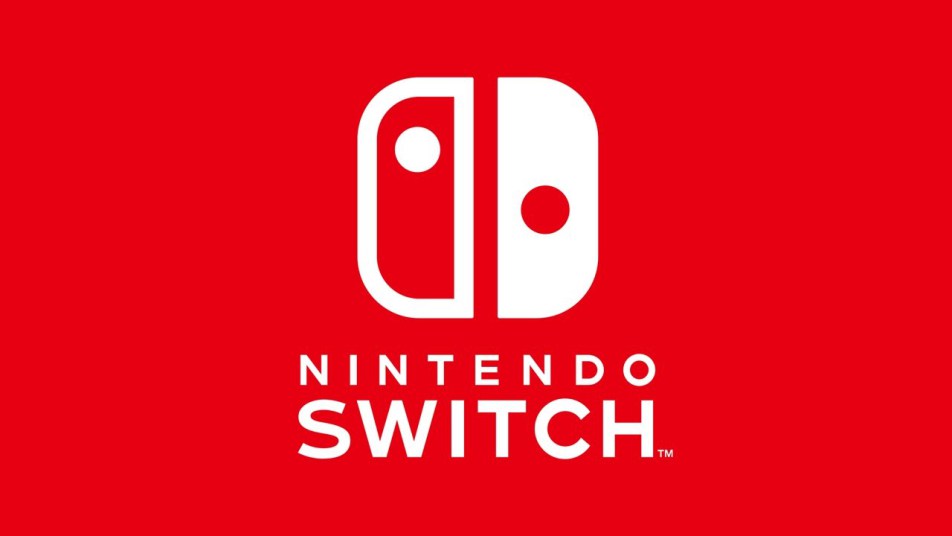With the upcoming release of the Nintendo Switch, it’s easier to just write it off as another Wii U, or even Wii, but let’s not kid ourselves here. The Switch is definitely neither.
I’m a proud Wii U owner. I’ve always thought that the addition of the Gamepad was unique and clever — it has a touch screen and is portable! — and Nintendo did well with putting out first-party titles for the most part. But that is the precise reason why the Wii U floundered. Apparently hard to develop for, it didn’t have much in the way of third-party support.
So, in that sense, the Switch is already doing better than the Wii U. The upcoming console has garnered a good amount of notable third-party support from developers like Square Enix and Capcom. The hardware’s much improved too — where you could only take the Gamepad a few feet from the Wii U itself, the Switch looks to be completely mobile.
But maybe the standard the Switch should be held to is that of the Wii, Nintendo’s last home console hit. The Wii’s motion controls were new and exciting, but it seemed like only Nintendo could ever make games that used them properly. Moreover, they were a gimmick that showed up in almost every game on the platform in one way or another.
The Switch appears to be free from all that, especially since its gimmick is in its construction, what with the removable Joy-Con controllers and the portability of the whole thing. Developers as a whole are more free in what they can develop for the system, as they don’t have to worry about motion controls or Gamepads to incorporate (or, in some cases, work around).
Overall, the only thing the Nintendo Switch truly shares with its predecessors is that it’s new. A new concept given form by the only big game publisher that’s actually willing to create new things. It’s almost as though the Wii and Wii U were experiments, culminating in the Switch. Think about it — the wireless control schemes from the Wii and the capabilities of the Gamepad all take a new form in the Nintendo Switch.
But the Switch isn’t either console. The Wii and Wii U, while good consoles with great titles to their name, both burdened developers and players alike with their respective quirks. But the Switch has taken the best bits, ran with them, and is now set to redefine the boundaries between home and handheld consoles.







Published: Oct 31, 2016 02:25 am